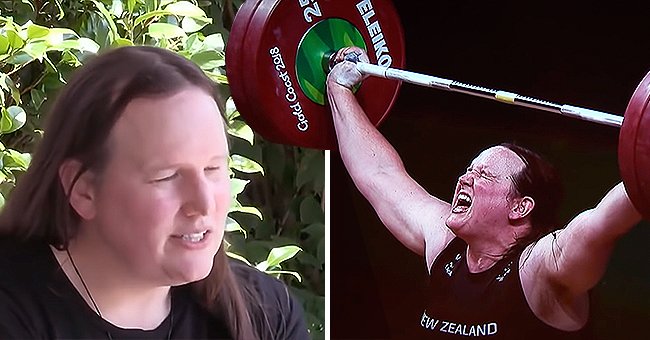
International Olympic Committee Reveals Their Decision about First Transgender Participant
Laurel Hubbard is set to become the first transgender athlete to ever compete at the Olympic Games, but the decision is viewed as controversial by many.
On Saturday, the International Olympics Committee backed up their decision of allowing the transgender weightlifter to compete at the Tokyo Games, which are scheduled to start on July 23.
The 43-year-old was selected to be a part of New Zealand's team in the women's super heavyweight 87+kg category, but the decision is ruffling a lot of feathers.
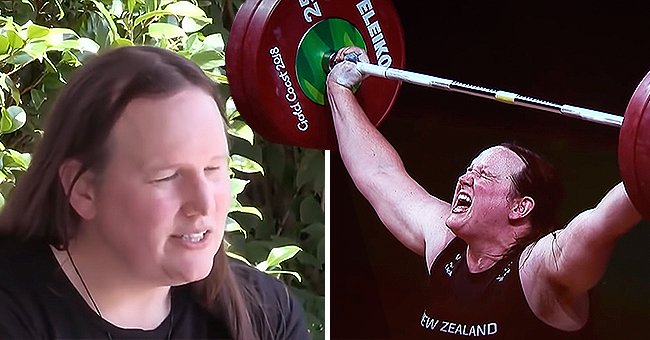
Transgender athlete Laurel Hubbard during a weightlifting competition | Photo: Youtube.com/CBS This Morning
THE RULES ARE TO BE FOLLOWED
While her supports believe that she has the right to compete alongside other women in the sport, others think that she possesses a distinct advantage when it comes to strength.
Thomas Bach, the President of the IOC, is aware of these claims but stated that the rules were established by the Weightlifting Federation before the qualifications.
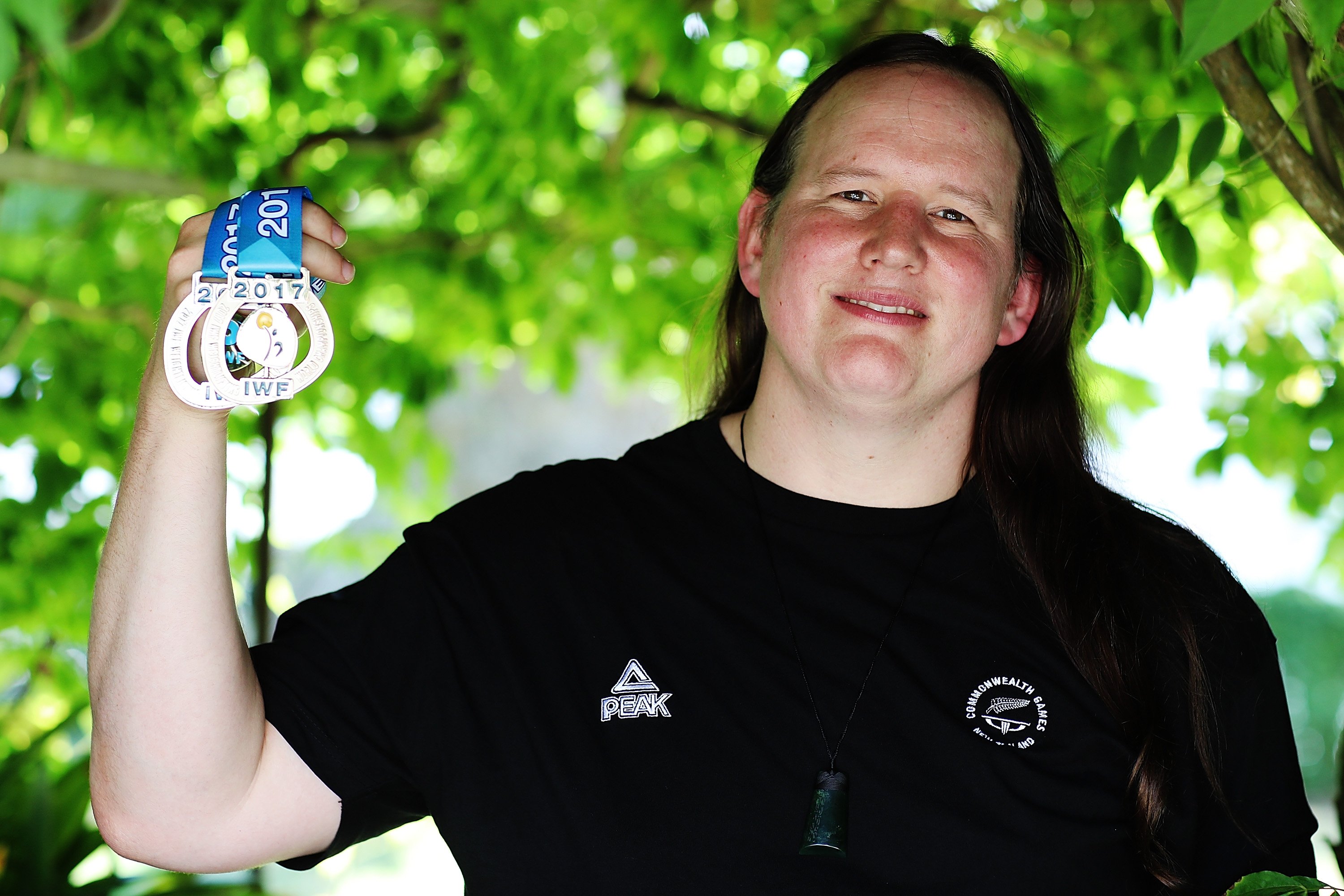
Transgender weightlifter Laurel Hubbard posing with two of her medals during a photoshoot in Auckland, New Zealand | Photo: Hannah Peters/Getty Images
Bach added that the current rules apply and will be strictly followed during this year's competition, reminding that rules can't be changed during "ongoing competitions."
However, the IOC President guaranteed that the committee is currently in an inquiry phase with all different stakeholders in order to review the rules in place.
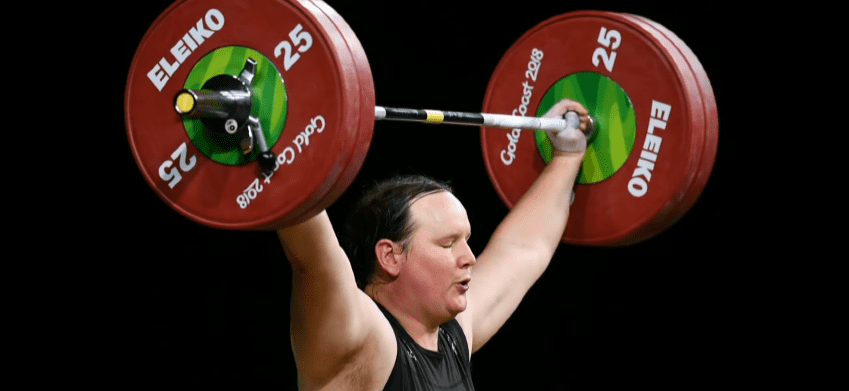
Transgender weightlifting athlete Laurel Hubbard during a sporting event | Photo: Youtube.com/CBS This Morning
According to Bach, the objective is to come up with guidelines instead of rules considering that "this is a question where there is no one-size-fits-all solution."
The IOC allowed transgender athletes to compete at the Olympics as females in 2015 under the condition that their testosterone levels are below 10 nanomoles for at least 12 months prior to the competition.
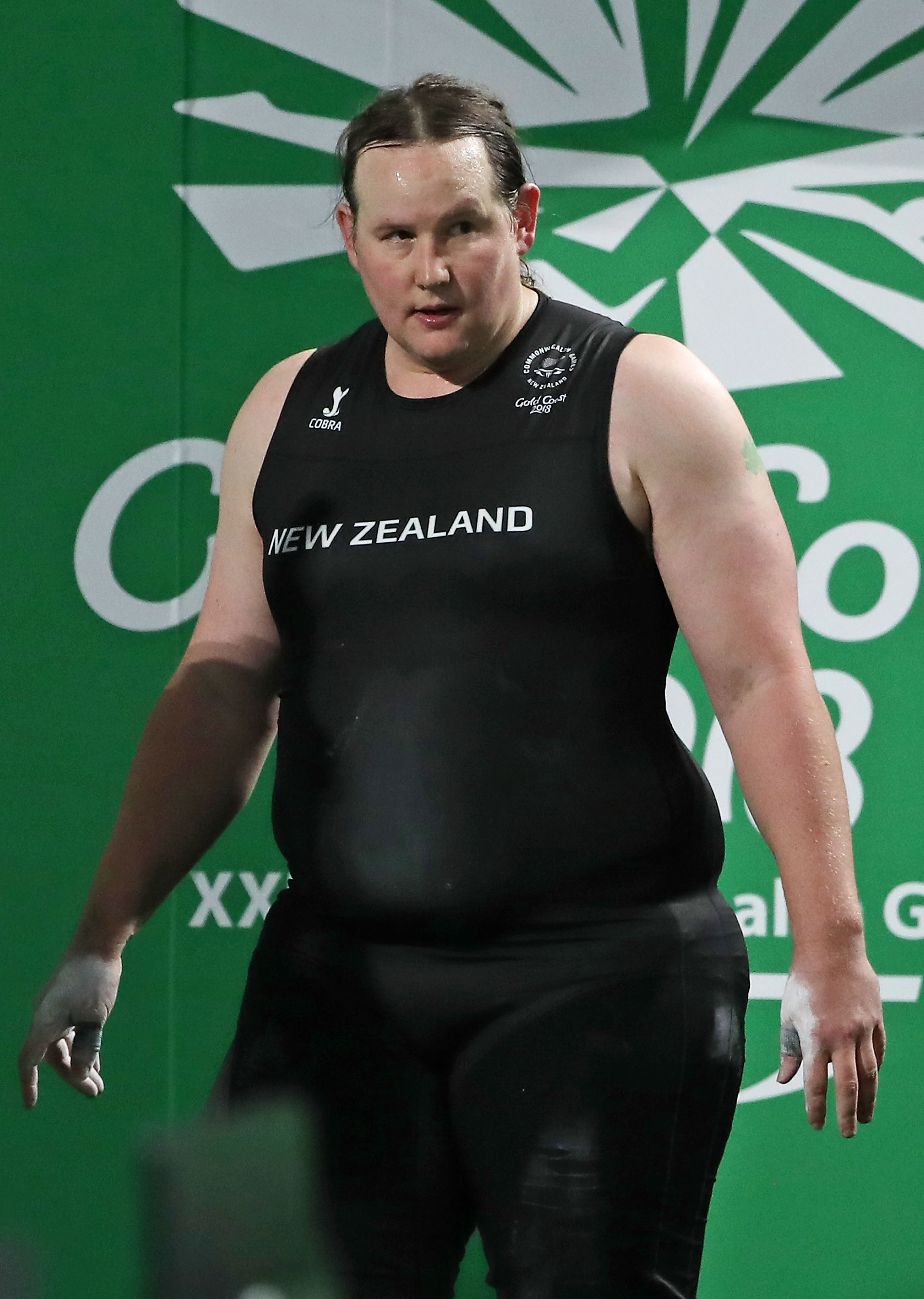
New Zealand athlete Laurel Hubbard walking on stage during the Women's +90kg Final during the Gold Coast 2018 Commonwealth Games at Carrara Sports and Leisure Centre on the Gold Coast, Australia | Photo: Scott Barbour/Getty Images
FOR VS AGAINST
Transgender-inclusion supporters have claimed that the transition process significantly decreases the physical advantage over female athletes, evening the playing field.
However, it has been reported that some scientists argue that the current rules regarding testosterone levels don't take into account biological advantages such as bone and muscle density.
AN INSIDE PERSPECTIVE
Back in May, former Olympic weightlifter Tracey Lambrechs opened up about the subject and how female athletes were told to "be quiet" about the fairness of having to compete with Hubbard. She said:
"I've had female weightlifters come up to me and say, 'what do we do? This isn’t fair, what do we do?'. Unfortunately, there's nothing we can do because every time we voice it we get told to be quiet."
Prior to the decision of making Hubbard a part of the New Zealand Team in Tokyo, Lambrechs stated that she felt disappointed for the female athlete who would be "missing out on that spot."
Hubbard transitioned in 2013, but there are more and more transgender athletes competing in official tournaments each year, such as Caster Semenya, Cece Telfer, and Mianne Bagger.
However, Renée Richards remains one of the biggest names in sports, not only for her immense talent on the tennis court but also for becoming the first transgender athlete to play a professional sport in 1975.
